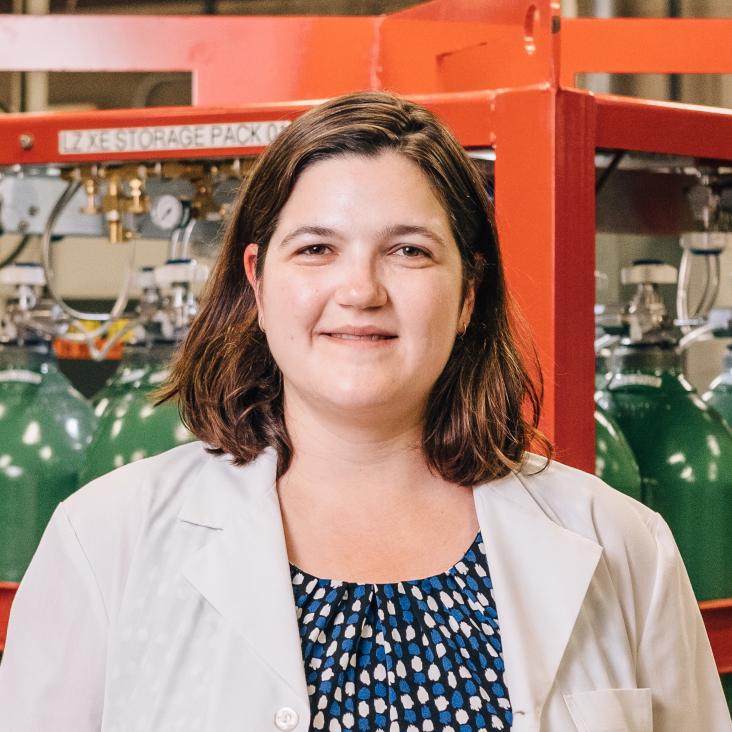The Antarctic Impulsive Transient Antenna ultra-high energy neutrino detector: Design, performance, and sensitivity for the 2006–2007 balloon flight
Astroparticle Physics Elsevier 32:1 (2009) 10-41
New Limits on the Ultrahigh Energy Cosmic Neutrino Flux from the ANITA Experiment
Physical Review Letters American Physical Society (APS) 103:5 (2009) 051103
New Limits on the Ultra-high Energy Cosmic Neutrino Flux from the ANITA Experiment
(2008)
The Antarctic Impulsive Transient Antenna Ultra-high Energy Neutrino Detector Design, Performance, and Sensitivity for 2006-2007 Balloon Flight
(2008)
PRELIMINARY RESULT FROM ANITA EXPERIMENT
Modern Physics Letters A World Scientific Publishing 23:17n20 (2008) 1419-1430


